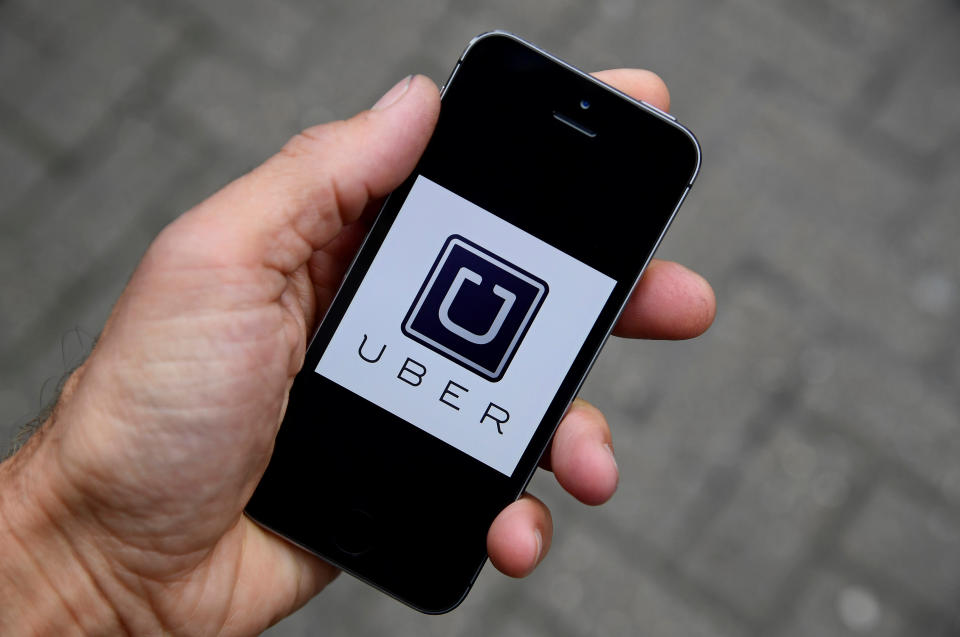$20M Uber settlement shows how tough working in the gig economy really is

Led by Uber, the “gig economy” has emerged in the past few years, advertised as an easy way to earn a little extra money. Along with Airbnb, TaskRabbit, Lyft and others, these companies provide platforms for people to sell their time, cars, or apartments on their time without the scheduling restraints of part-time job—or human boss to deal with.
Unfortunately, the modern “future of work” was not as rosy as it appeared in the marketing materials and ad campaigns. On Thursday, the Federal Trade Commission announced a settlement with Uber for $20 million in response to charges that the company had made exaggerated claims for how much drivers would earn.
For New York City, ad campaigns trumpeted median full-time earnings of over $90,000. Less than 10% of drivers in New York and San Francisco earned that much. The real median was $61,000—$29,000, or 67%, less than claimed, the FTC says.
The FTC also charged that Uber misled drivers on its car-financing options; the ride-sharing company touted leasing and purchase payments of $7,280 a year, while they actually came to be around $10,400.
Driver advocates welcomed the news. “The reality of being a ridesharing driver is a far cry from the rosy picture these apps describe and it is encouraging to see the FTC take them to task and refund drivers,” said Jim Conigliaro, Jr, the Independent Drivers Guild founder, in a statement.
In an email to Yahoo Finance, an Uber spokesperson said that it is “pleased” with the settlement. “We’ve made many improvements to the driver experience over the last year and will continue to focus on ensuring that Uber is the best option for anyone looking to earn money on their own schedule.” Uber’s monthly driver numbers are not public, but are currently rumored to be on the order of magnitude of half a million.
A $61,000 Uber salary is not a typical $61,000 salary from a full-time job. After taxes, car payments, maintenance, unpaid sick days, and car and health insurance, the total take-home is significantly diminished. And if and when the company perfects its self-driving car fleet and cuts drivers off from the gig economy, it will get tougher to make payments.
Cracks in the gig economy
Uber’s settlement, with the acknowledgement to not make false claims to drivers, corroborates a growing sense that the gig economy may not be quite the path to extra money that it seemed. It follows an extensive report about Airbnb from Macquarie Research that showed how the business seems to be migrating toward professionals or people with two dwellings, not regular people looking for a little more cash.
According to the report, a whopping 47% of Airbnb listings are for full apartments and over 60% of listings are available over 270 days or more. Furthermore, around a quarter of all listings are by hosts with more than one listing. This suggests users aren’t just renting out a spare room, or filling their apartment when they’re out of town.
This recent information casts a harsh light on the two biggest gig economy companies, which have been dominating their industries, allowing people to earn money with flexible work.
For Uber, what will be passed along to the workforce may dwindle significantly should the company’s self-driving projects succeed. At the very least, the labor will likely get even more devalued. Though it will continue to succeed as a juggernaut in the taxi and limousine spaces, it may leave its jobs behind.
However, one facet of the gig economy has been a success. According to a report from last February from the JPMorgan Chase Institute, labor platforms like Uber and TaskRabbit have helped people weather economic shocks like losing a job. However, if workers don’t find a new one and become a full-time worker on the platform, they may face difficulties such as irregular hours and a lack of benefits, as the Bureau of Labor Statistics notes. On top of all that, the imminent repeal of part or all of the Affordable Care Act will likely compound these issues of meager or non-existent benefits.
Ethan Wolff-Mann is a writer at Yahoo Finance focusing on consumer issues, tech, and personal finance. Follow him on Twitter @ewolffmann.
Read more:
Bipartisan Committee: Killing Obamacare would cost $350 billion
Here’s who Donald Trump follows on Twitter — and who he has unfollowed
Robots will kill jobs and make inequality worse
Those brutally small airplane seats may soon be a thing of the past

 Yahoo Finance
Yahoo Finance 